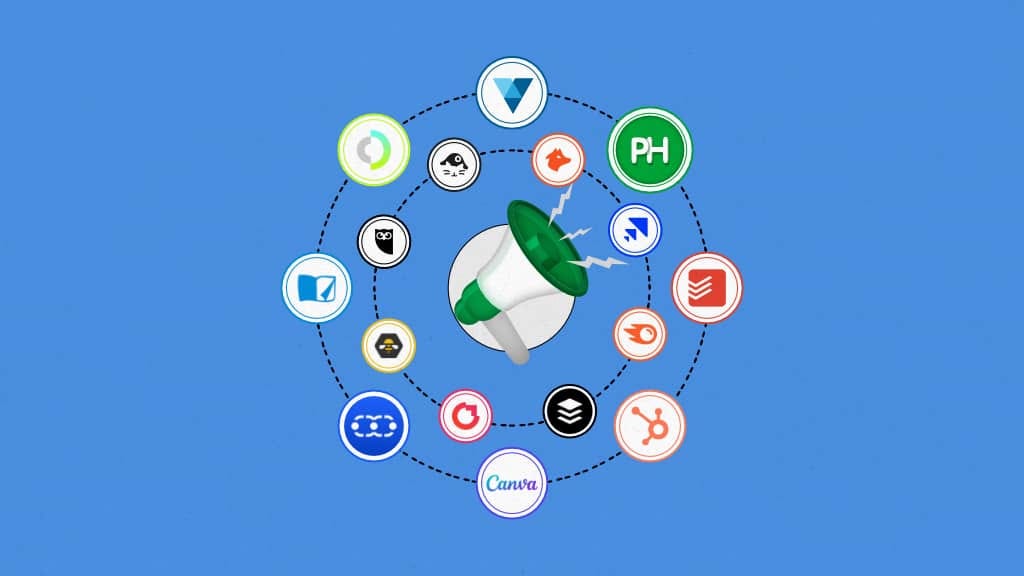
Search engine optimization is not a one-size-fits-all game. What works for a local bakery won't drive traffic for a SaaS platform. The SEO blueprint that brings in thousands of leads for a finance blog might leave a healthcare site buried on page six. Every industry speaks a different language, moves at a different pace, and chases a different kind of user intent. That's why applying a generic SEO strategy across sectors leads to flatlining metrics.
The businesses that win are the ones that tailor their SEO moves like a sharp tailor fits a custom suit. And the ones that lose? They try to rank for keywords their audience doesn't even use.
Let's break down how this plays out in the real world.
Not All Traffic Is Equal, Especially in Competitive Spaces
In the legal industry, SEO success hinges on high-stakes, high-cost keywords. Phrases like "personal injury lawyer near me" or "DUI attorney Los Angeles" can cost hundreds per click in Google Ads. Organic rankings here are essential. Law firms invest in long-form blog content, aggressive link building, and hyper-local optimization because one lead could bring in thousands in revenue.
Compare that to a lifestyle blog. The strategy there focuses more on content volume, affiliate links, and social shares. Ranking for "how to style white jeans" won't land a $10,000 client, but it might bring in 20,000 readers and a few hundred affiliate sales.
Different goals. Different playbooks.
Search Intent Isn't Just a Buzzword. It's a Make-or-Break Factor
Let's talk about online gaming, more precisely, online casinos, as it is an interesting and kind of specific industry from the SEO standpoint. Here, the entire SEO funnel looks different from traditional industries.
Players don't just want content. They want value upfront, think bonuses, game mechanics, and platform comparisons. Keywords are transactional, not informational. That's why queries and content like "win real money online slots australia" perform well. It's specific, urgent, and geared toward action. A vague headline like "Why People Enjoy Online Slots" wouldn't move the needle.
Nuances are at play in industries like this, with the SEO strategy focusing less on storytelling and more on direct value presentation. Pages must be fast, mobile-optimized, and conversion-ready. The bounce rate for gaming sites is brutal because users make split-second decisions. And since regulators are often watching, content must walk a tightrope between promotional and compliant.
The strategy must hit SEO, UX, legal, and psychological triggers, all at once.
B2B SaaS SEO Is a Long Game, Not a Shortcut
Now swing over to B2B SaaS. The user journey here is slow and layered. Someone looking for a "customer onboarding platform" isn't pulling out a credit card after reading one article. They're comparing features, reading whitepapers, and bringing it to their manager.
That's why SaaS companies rely heavily on keyword clusters and topic pillars. You'll often find content libraries optimized for every stage of the funnel: awareness (blog posts), consideration (case studies), and decision (product pages). The technical SEO here supports depth, think schema markup, programmatic internal linking, and advanced analytics tracking. The big SaaS players don't just write blog posts. They create ecosystems.
Retail SEO Lives and Dies by Product Visibility
In retail and e-commerce, product visibility is oxygen. SEO is about writing content, yes, but it's also about making sure your products appear in front of the right person, with the right image, at the right time.
Let's take fashion. Words like "men's black leather boots" seem simple, but success here depends on a well-structured catalog, clean URLs, optimized images, and robust filters. And don't forget about rich snippets. If your product doesn't show review stars or pricing on the search engine results page, someone else's will.
Unlike SaaS, where traffic flows through high-level guides, in retail, every product page must be a standalone landing page, optimized to convert on its own.
Product photos play a big role, too. Google Lens and visual search tools now crawl image metadata. That's why high-volume retailers invest in AI-driven tagging, automated alt text, and advanced image compression. They know organic traffic isn't only about keywords anymore.
When Medical Sites Forget E-A-T, They Vanish
For healthcare websites, trust is everything. Google has made it crystal clear that if you're publishing content that impacts a person's health or well-being, you better show credibility. This is where the E-A-T (Expertise, Authoritativeness, Trustworthiness) framework becomes non-negotiable.
Medical content needs bylines from licensed professionals, references to clinical studies, and regular updates to stay relevant. Generic health advice, even if keyword-optimized, won't rank if it lacks credentials. This is why health publications spend serious money on compliance, peer review, and medical editing.
Compare that to the entertainment industry, where content freshness and viral angles matter more than credentials. A hot headline can beat a high-authority site if the timing is right and the engagement explodes.
Again, two very different SEO realities.
When Strategy Meets Industry, SEO Works
Each of these shifts changes the on-page strategy, technical requirements, and even how backlinks are earned. Trying to apply the same SEO recipe across all these verticals is like trying to use a single key for five different doors. Doesn't work.
So, next time someone says, "just do SEO," ask them: SEO for what? Because if you're not adjusting the strategy to the terrain, you're not climbing. You're slipping. And in industries where every page view counts, that's a risk you can't afford.



